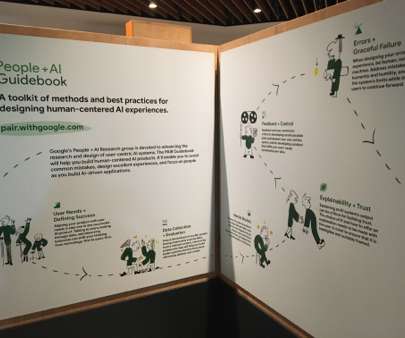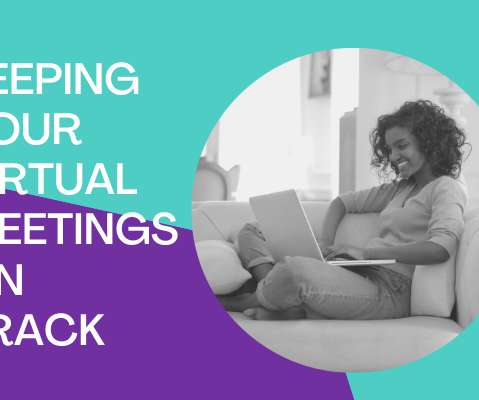Trainer’s Notebook: Just A Few Participatory Facilitation Techniques
Beth's Blog: How Nonprofits Can Use Social Media
JULY 25, 2017
Recently, a colleague asked me a wonderful question: How did you learn to become a good facilitator and trainer? I also had an opportunity to attend a couple of sessions that used participatory facilitation techniques. Participants volunteer their question for the Spectragram. Here’s what I learned. Spectragram.





































Let's personalize your content